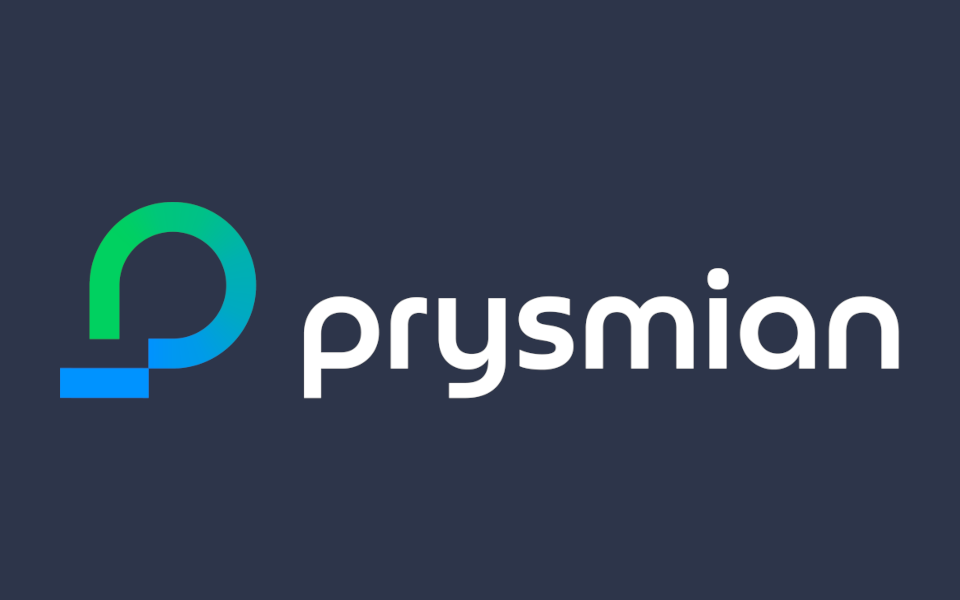-
TransPowr® ACSS/TW is a trapezoidal aluminum conductor steel-supported concentric-lay-stranded conductor. The aluminum strands are trapezoidal in shape. The wedge-shaped aluminum strands enable a more compact alignment of the aluminum wires. Conductor designs that maintain the same circular mil cross-sectional area of aluminum as a conventional round conductor result in a TW conductor that is 10 to 15 percent smaller in overall diameter. Conductor designs that maintain the same overall diameter as a conventional round conductor result in a TW conductor that has 20 to 25 percent more aluminum cross-sectional area packed in. The ACSS/TW conductors are manufactured in accordance with the requirements of the latest issue of ASTM B857. The steel strands form the central core of the conductor, around which is stranded two, three or four layers of aluminum 1350 O temper (annealed) wires. The steel core may consist of a concentric stranded cable of 7, 19 or more wires. Numerous combinations of aluminum and steel strands and layers are possible. The sizes and constructions listed on the following pages are common examples used in overhead lines. Standard ACSS/TW designs are manufactured with regular-strength Class A zinc-5% aluminum mischmetal alloy-coated steel core (/MA2).
-
ACSR is a composite concentric-lay-stranded conductor. The conductors are manufactured in accordance with the requirements of the latest applicable issue of CAN/CSA C61089. The steel strand or strands form the central core of the conductor, around which is stranded one or more layers of aluminum 1350-H19 wires. The steel core may consist of a single strand or a concentric stranded cable of 7, 19, 37, or more wires. Numerous combinations of aluminum and steel strands and layers are possible. The sizes and strandings listed on the following pages are common examples used in overhead lines. Metric (mm2) sizes are also available. The Canadian ACSR conductors are similar in design (strand component size and configuration) to the ACSR conductors designed to ASTM B232 specifications. Differences lie in the methods used to calculate the rated strength and dc resistance values. CAN/CSA C61089 refers to ACSR as Type A1/S1A conductors, where the A1 refers to 1350 H19 aluminum and the S1A as Class A galvanized, regular strength steel.
-
Weatherproof line wire consists of single conductor covered with either Linear Low-Density Polyethylene (LLDPE) or Cross-linked Polyethylene (XLPE). Conductors may be compact or concentric strand of ACSR, A1 or A2 or solid, compact or concentric strand copper. Weatherproof line wire meets the requirements of CSA C68.9 and the ANSI/ICEA S-70-547 specification, as applicable.
North America
Choose Country
- Europe
-
America
America
- LATAM
-
Asia Pacific
Asia Pacific
-
Africa
Africa
Missing block: languageswitcher
close
Missing block: prysmian_extra_service_menu











